| Structure | Name/CAS No. | Articles |
|---|---|---|
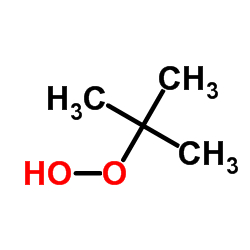 |
tert-Butyl Hydroperoxide
CAS:75-91-2 |
|
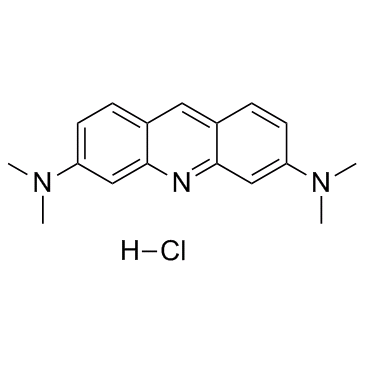 |
Acridine Orange hydrochloride
CAS:65-61-2 |
|
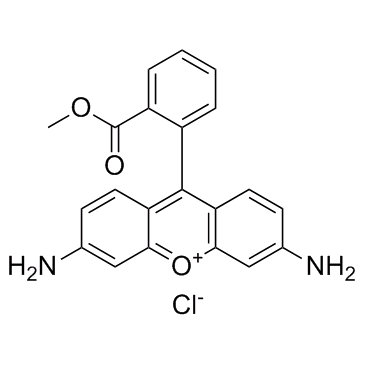 |
Rhodamine 123
CAS:62669-70-9 |
|
 |
Quercetin dihydrate
CAS:6151-25-3 |
|
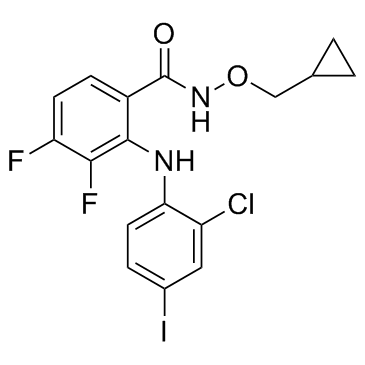 |
PD184352 (CI-1040)
CAS:212631-79-3 |
|
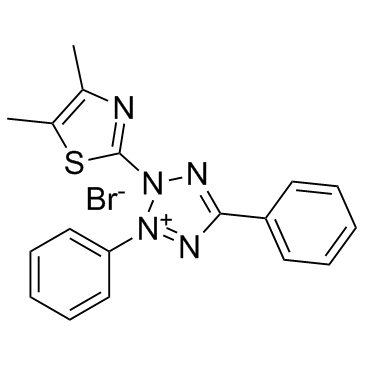 |
Thiazolyl Blue
CAS:298-93-1 |
|
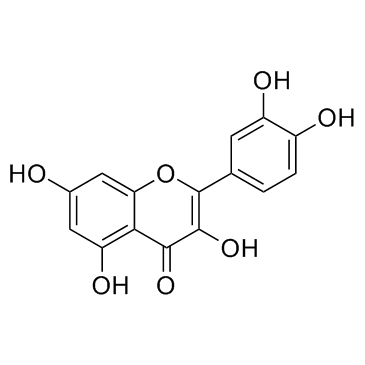 |
Quercetin
CAS:117-39-5 |
|
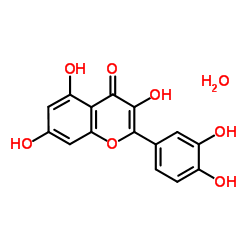 |
Quercetin (hydrate)
CAS:849061-97-8 |